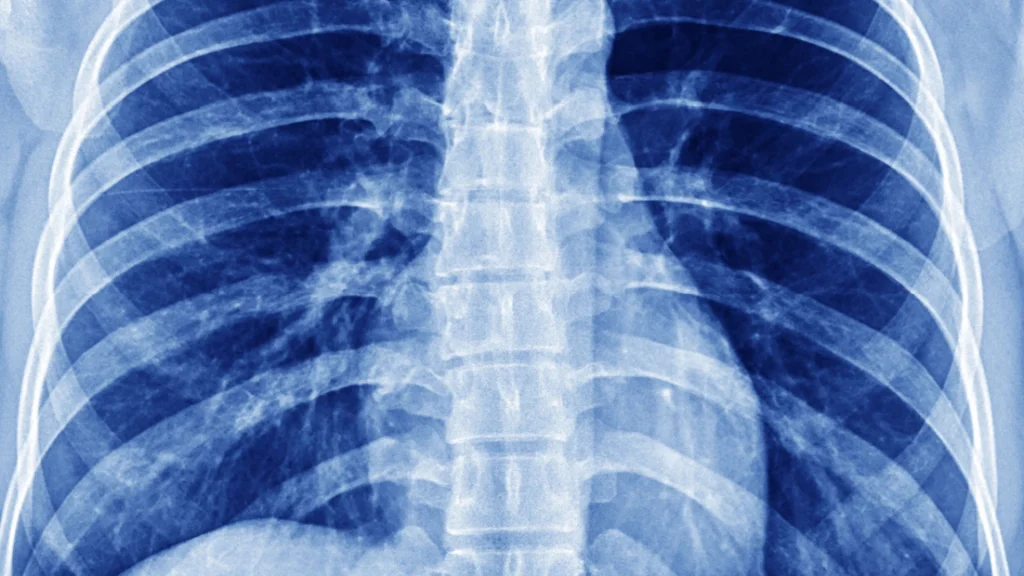In a world where countless diseases wreak havoc on millions daily, the majority have seen a decline in mortality rates, thanks to advancements in medicine and healthcare.
Others are reading now
However, there are still some that persist with alarming consequences. One such disease boasts a near 100% fatality rate, a figure unheard of in today’s medical landscape.
Kuru, a disease first identified in the 1950s among cannibalistic tribes in Papua New Guinea, is caused by an infectious protein (prion) found in contaminated human brain tissue.
According to Medline Plus, Kuru was prevalent among the New Guinea tribes who practiced a form of cannibalism, consuming the brains of the deceased as part of funeral rituals.



